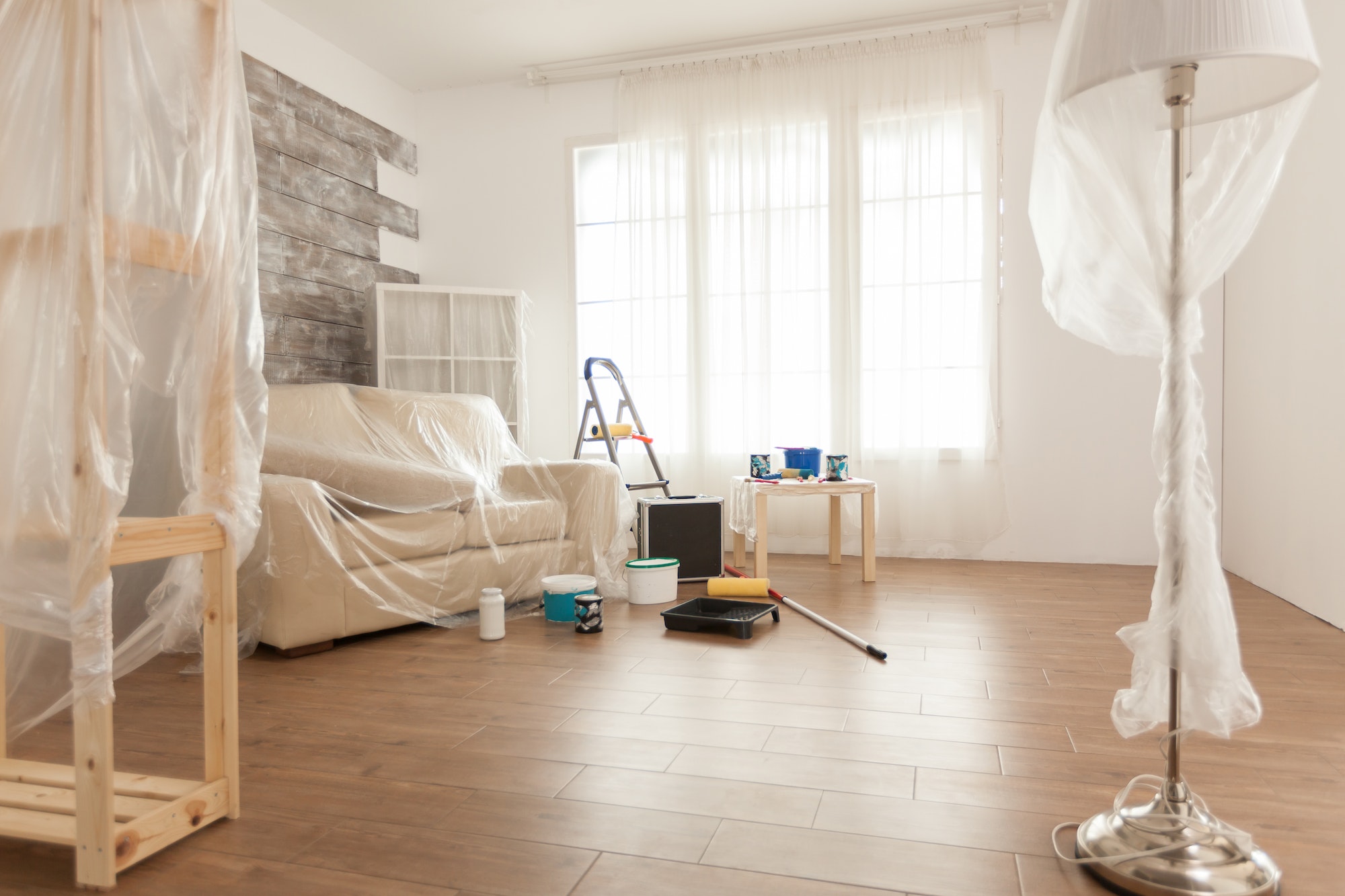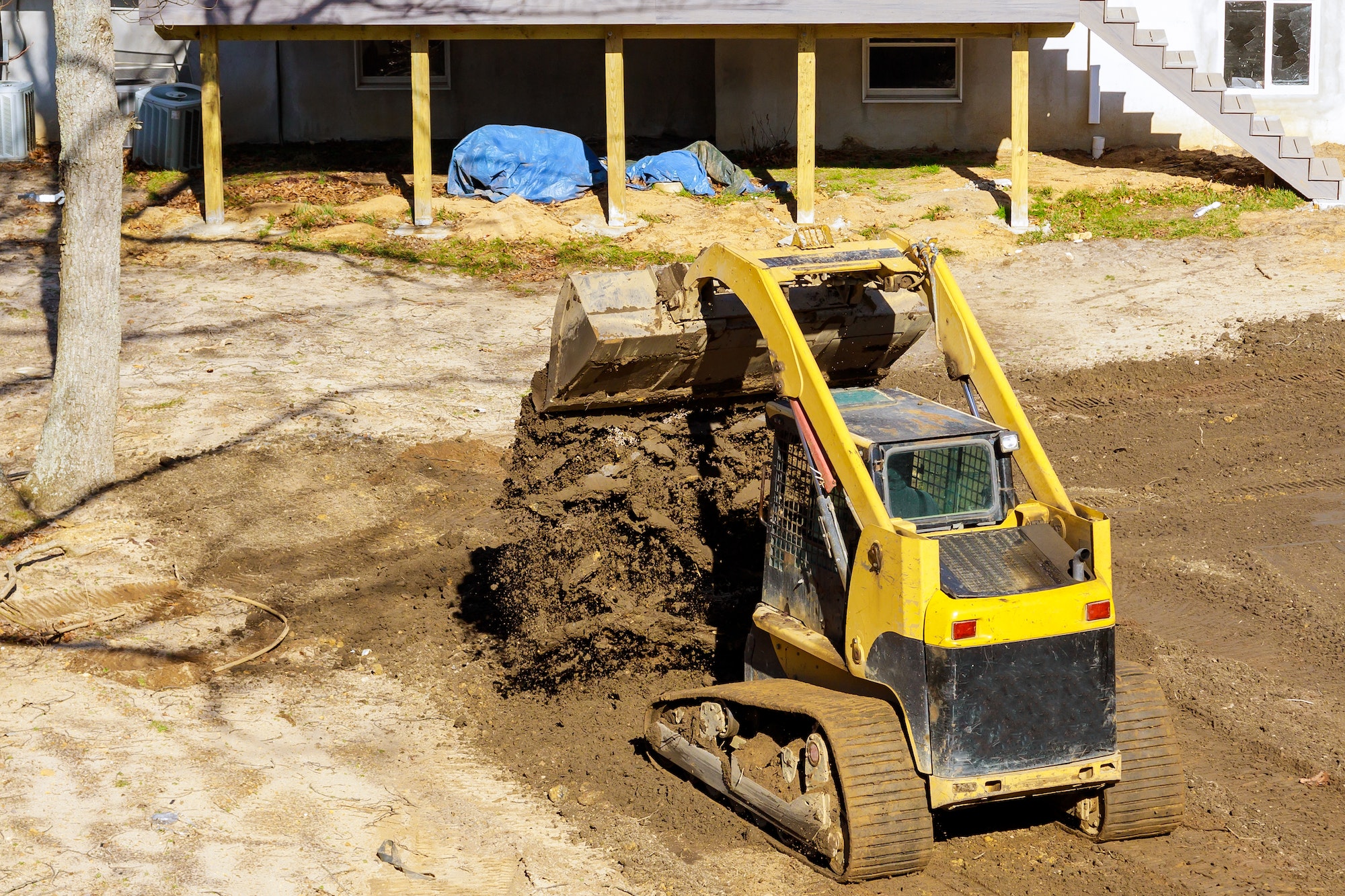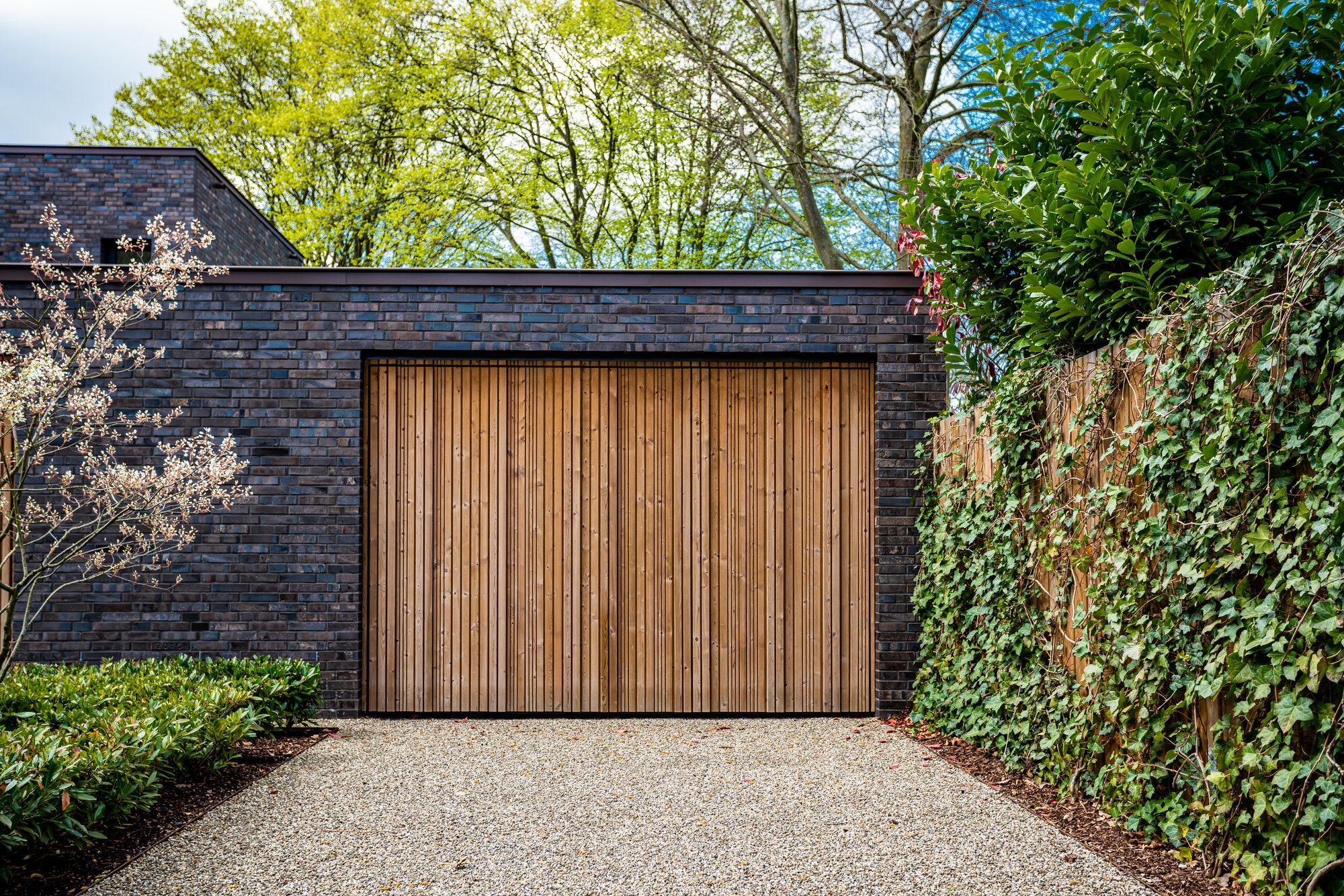Change is always welcome, especially when it comes to our homes. Whether you’re looking to upgrade your current home or are preparing for your very first one, home renovation can be a daunting task. But don’t worry, we’re here to help! In this blog post, we’ll discuss how to plan for home renovation on a budget and make the most of your money. So whether you’re ready to take the plunge or are just getting started, read on for some helpful tips!
Set A Time Frame For Your Project
The first step in planning for home renovation on a budget is to set a time frame for your project. This will help you determine how much money you’ll need to set aside and will also keep you from getting overwhelmed. Depending on the scope of your project, it may take several months to complete. So be sure to factor in any other commitments you have during that time, such as work or family obligations.
Think About Your Financial Status
The next step is to think about your financial status. This includes your income, debts, and savings. If you have a steady income, you may be able to finance your project with a loan. However, if you’re self-employed or have a variable income, you’ll need to be more careful about how much you spend. In either case, it’s important to have a realistic idea of your financial situation before you start planning your renovation. Additionally, if you are calculating repayments on a mortgage, you should factor in the potential for an interest rate rise. This means that you should only commit to a loan that you can afford, even if there is the possibility of an increase in repayments.
Create A Wish List
Now that you’ve set a time frame and thought about your finances, it’s time to create a wish list. This is a list of all the things you’d like to do during your renovation. Be sure to include both big and small items, as well as anything in between. Once you have your list, you can start to prioritize and figure out what’s most important to you.
Get An Estimate
Once you’ve created your wish list, it’s time to get an estimate from a contractor. This will help you determine how much your project will cost and will also give you a better idea of what’s possible. Be sure to get estimates from several different contractors to get the best price.
Consider The Value Of Your Home
Another important factor to consider when planning for home renovation on a budget is the value of your home. If you’re planning on selling in the near future, you’ll want to be sure that your renovations add value to your home. However, if you’re not planning on selling anytime soon, you may be more interested in projects that improve your quality of life.
Choose The Right Materials
One of the most important aspects of home renovation is choosing the right materials. Not only do you want to choose materials that are durable, but you also want to choose ones that fit your budget. If you’re not sure where to start, be sure to consult with a contractor or designer. They’ll be able to help you select the best materials for your project.
Figure Out What Work You Can Do Yourself

Another great way to save money on your home renovation is to figure out what work you can do yourself. This may include painting, minor repairs, or even some demolition. Of course, you’ll want to be sure that you’re up for the task before you start. But if you are, doing some of the work yourself can save you a lot of money.
Avoid Doing Anything Too “Funky”
Another tip for home renovation on a budget is to avoid doing anything too “funky.” This includes things like adding an outdoor kitchen or installing a pool. Not only are these things expensive, but they’re also not always necessary. So if you’re trying to save money, stick to the basics and focus on the things that will really improve your home.
Be Prepared For The Unexpected
Finally, be prepared for the unexpected. No matter how well you plan, there’s always a chance that something will go wrong. Whether it’s a contractor who doesn’t show up or a material that’s out of stock, being prepared for the worst can help you stay on track and within budget.
As you can see, there are a few things to consider when planning for home renovation on a budget. But with some careful planning and research, you can make your dream renovation a reality. So what are you waiting for? Get started today!




